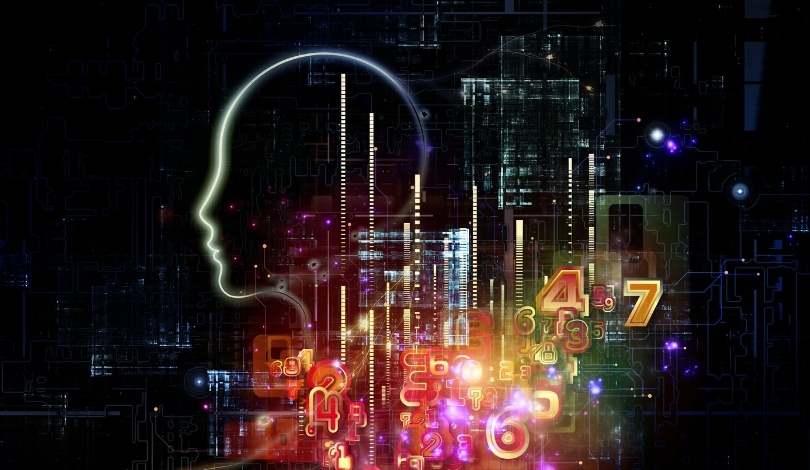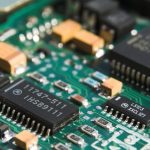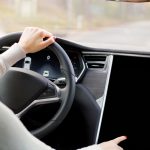New advancements in robotics are shifting how industries approach automation, with roboticists and startups focusing on human-like machines for complex tasks. The emergence of multipurpose humanoid robots demonstrates the sector’s intent to meet the evolving requirements of manufacturing and heavy industry. Persona AI, a Houston-based firm, has started commercializing these humanoids, aiming to create more dynamic and adaptable solutions than traditional factory robots. Interest among investors has grown as companies look for robotics that can manage hazardous or physically demanding work, potentially improving workplace safety and operational efficiency.
Reports about humanoid robots from past years largely focused on research prototypes, with minimal real-world deployment in heavy industries. At that time, Boston Dynamics was among the few companies showcasing advanced mobility and object-handling with Atlas, but commercial products were rare. Unitree Robotics’ earlier efforts revolved around quadruped robots without much attention to humanoid agility events. Previous offerings from UBTech were targeted mainly at entertainment and education, and their ambition for an affordable home humanoid was less publicized. Current efforts emphasize solutions that bridge demonstration and practical implementation, reflecting a shift toward genuine industry adoption.
What Drives Persona AI’s Commercial Launch?
Persona AI’s primary goal centers on supplying multipurpose humanoid robots to sectors such as manufacturing, logistics, and other heavy industries. CEO Nicolaus Radford, previously active in robotics research, collaborates with Jerry Pratt to form a team capable of scaling sophisticated platforms. Unlike many startups which prioritize publicity demonstrations, Persona AI has stated its intent to concentrate on scalable products ready for workplace integration. According to Radford, expanding into industrial markets first enables robots to address real needs before tackling the complexities of household environments.
How Do New Robots Compare in Capabilities?
Recent examples, such as Boston Dynamics’ Atlas, underline improvements in robots’ dynamic perception, mission focus, and interaction with variable settings. Unitree Robotics has exhibited the G1 model’s agility through organized demonstration events, like its recent humanoid boxing match, sparking debate about robotics’ societal roles. Meanwhile, UBTech announced plans for a full-size companion robot for under $20,000, marking a noticeable attempt to enter homes with consumer-focused humanoids.
“Robots are moving well beyond basic factory tasks—now they’re integrating advanced coordination and adaptability,” Radford explained.
This broadening range of capabilities highlights the sector’s expanding ambition, moving from strictly controlled environments to more open-ended, human-centric spaces.
What Obstacles Remain for Wider Adoption?
Although technical progress is evident, challenges persist. Radford pointed out the difficulty of gathering enough quality training data to advance humanoid intelligence, particularly for unpredictable tasks. While home deployment remains a distant goal, commercializing robots for industry faces regulatory, safety, and acceptance hurdles. Reliable hardware, robust perception, and seamless software updates must come together to deliver consistently safe and usable machines. Discussions within the community weigh the benefits and entertainment value of robotics events like boxing matches against concerns about public perception and ethical direction.
Real-world integration of humanoid robots signifies a significant transition for robotics. As Persona AI and similar companies move toward commercial applications, practical considerations often outweigh technical spectacle. Organizations exploring robot adoption should evaluate vendors’ support models, adaptability to existing processes, and long-term cost structures. For now, industries involving monotonous, risky, or labor-intensive work are likely to see accelerated implementation of humanoid robots, while broader household use may arrive much later. Monitoring how these robots perform in varied industrial settings will help organizations plan their next steps and address workforce questions thoughtfully.
- Persona AI pursues industrial-grade humanoid robots over promotional demos.
- Other robotics brands highlight agility and consumer focus in their latest models.
- Data, safety, and real-world needs shape the sector’s current direction.










